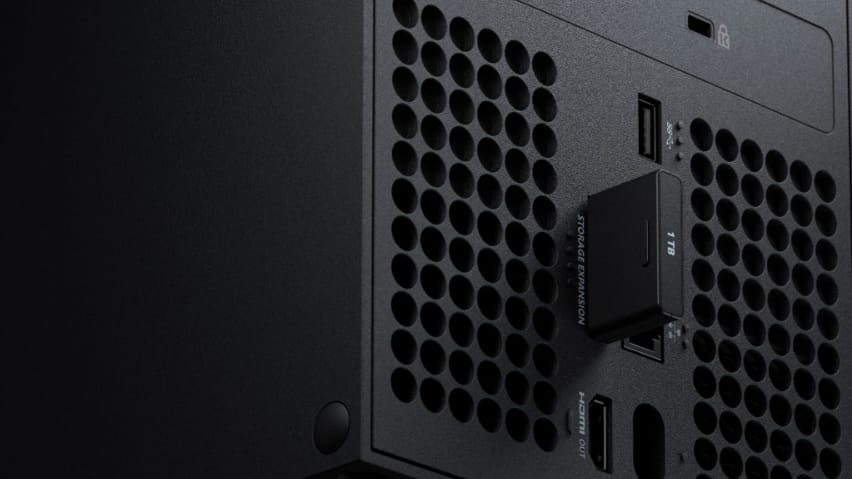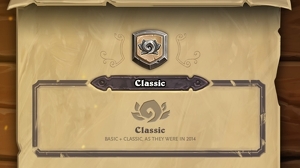

Nvidia's DLSS has gradually evolved into one of the most exciting technological innovations in the PC space. The idea is remarkably straightforward: the GPU renders at a lower native resolution, then an AI algorithm takes that frame and intelligently upscales it to a much higher pixel count. There's an instant performance win, but remarkably, also a quality advantage too up against native resolution rendering. In the past, we've wondered whether this quality win comes down to mitigating the artefacts of temporal anti-aliasing – TAA – but the recent arrival of a DLSS upgrade to Nioh 2 provides us with an interesting test case. Nioh 2's basic rendering lacks much in the way of any form of anti-aliasing at all. It's pretty much as raw as raw can be. So the question is: can DLSS retain its performance advantage and still provide an actual increase to image quality up against native resolution rendering? Remarkably, the answer is yes.
DLSS was – and essentially still is – a replacement for TAA. Temporal anti-aliasing effectively uses information from prior frames and integrates them into the current one, typically using motion vectors to map where pixels in prior frames would sit in the frame being rendered. In best case scenarios, it's effectively improving image quality, and it is certainly the AA method of choice in modern gaming. But it can have its negative points: ghosting and added blur foremost amongst them. DLSS does have commonalities with TAA, which is why it is generally considered to be a replacement – it too requires the motion vector data in reconstructing its image. DLSS performance mode reconstructs from just 25 per cent of native resolution – so a 4K DLSS image is built from a 1080p native frame. Meanwhile at the other end of the scale is DLSS quality, which in this example would be generated from a 1440p frame. Balanced is the other major mode, sitting somewhere between the two.
As for performance advantages, in the case of Nioh 2, the effect is extraordinary. Nvidia's RTX 2060 is the least capable desktop GPU with DLSS functionality and at DLSS 4K, performance mode offers over 50 per cent of extra frame-rate, up against around 32 per cent for the DLSS quality mode. Perhaps the best utilisation for this GPU is 1440p rendering, where DLSS quality mode ensures you're essentially always running above 60fps. Meanwhile at the absolute top-end, RTX 3080 and RTX 3090 are delivering 4K gaming at 100fps and higher – it's an extraordinary experience on a suitable screen. But since Nioh 2 does not use TAA, does image quality hold up?




